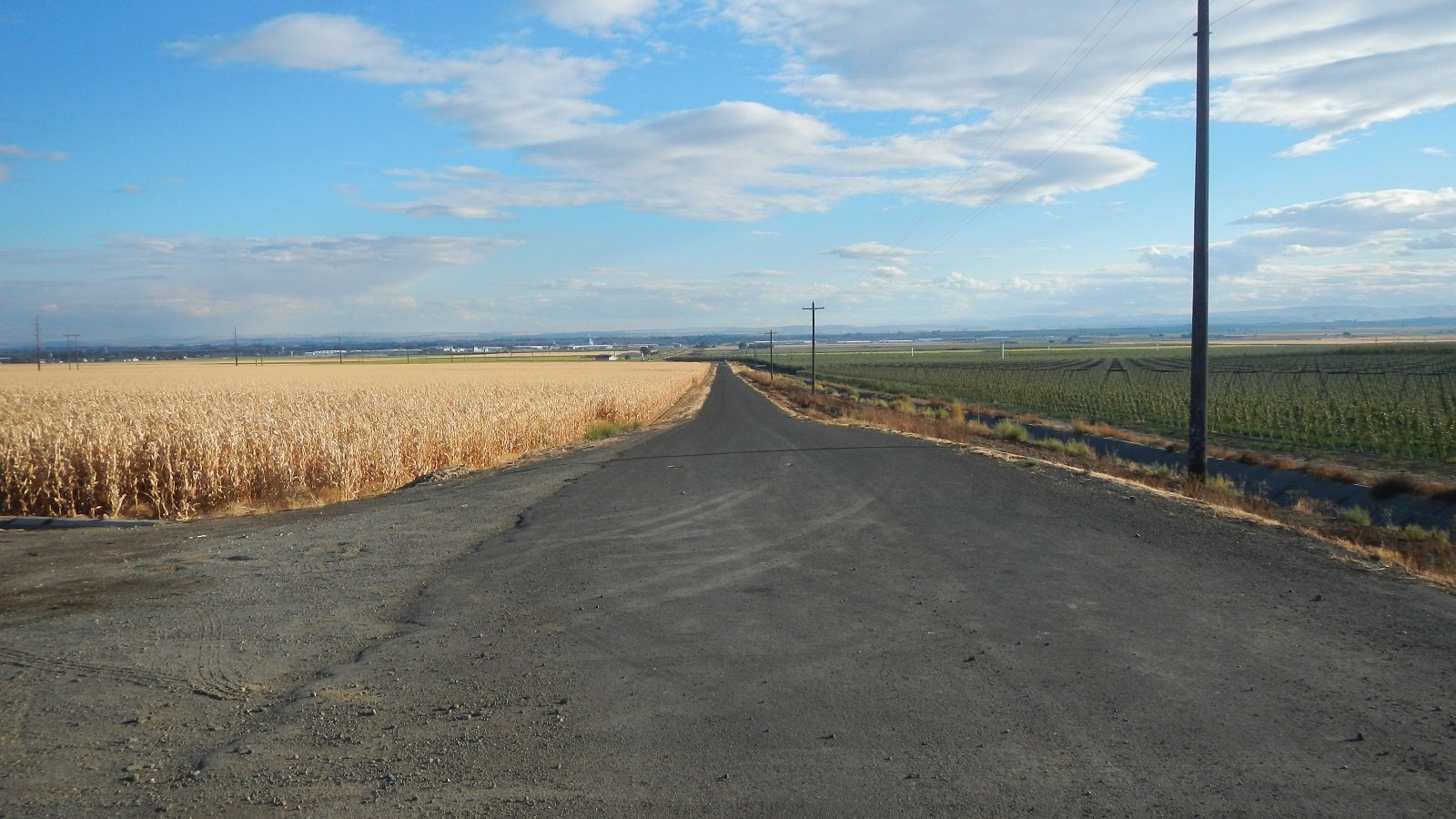The City of Quincy is proposed to install a pipeline to move industrial effluent from the west edge of the city to a location approximately 2.5 miles north. The Project Area is the footprint of two 18-inch diameter PVC pipelines buried along Road R-NW’s right-of-way (ROW) for a total length of 2.3 miles. The pipes will be installed along this road from Road 10.5 NW and continue north to a location north of Road 12.7 NW. Along this stretch, the pipes will need to pass under three sublaterals maintained by Quincy Columbia Basin Irrigation District (QCBID) and own by Reclamation; West Canal Sublaterals 26A, 26C, and 26E (W26A, W26C, and W26E).
Cultural resource survey of the Quincy Industrial Effluent Pipeline Project is intended to identify previously unrecorded archaeological resources and potential historic properties in the Project Area prior to planned construction activities. Pre-field research consisted of the review of known archaeological resources within a 1.0-mile (mi) (1.6-kilometer [km]) radius of the Project Area as inventoried on the Washington Information System for Architectural and Archaeological Records Data (WISAARD) at the Washington State Department of Archaeology and Historic Preservation (DAHP) in Olympia, Washington. This search revealed that two sites are approximately within the 1.0 mi radius of the Project Area. The DAHP’s predictive model places the majority of the Project Area in a zone of moderately low risk of encountering cultural resources, and the portion passing through in a zone of moderate risk for encountering cultural resources.
The fieldwork was completed in a manner consistent with Washington State Senate Bill 5282 amending RCW 27.53.030. Plateau filed an application and received an ARPA permit from Reclamation for the survey and inventory of three irrigation canals. Inspection techniques included procedures to identify both surface and subsurface archaeological resources. The pedestrian survey and subsurface investigations for the Quincy Industrial Effluent Pipeline Project resulted in no newly recorded archaeological resources during the pedestrian survey or subsurface investigations. Plateau proposed the undertaking will result in No Historic Properties Affected and no further archaeological investigations were recommended.
Location: Grant County, Washington



